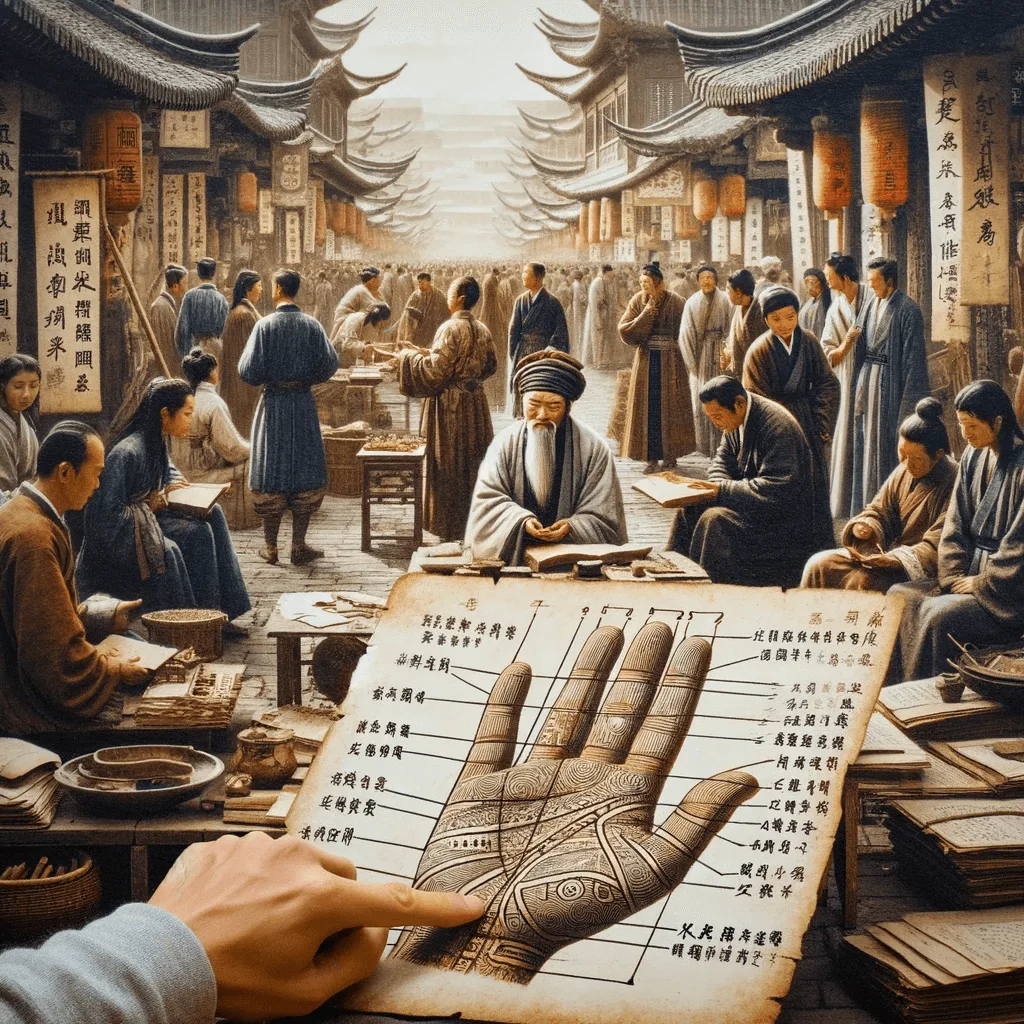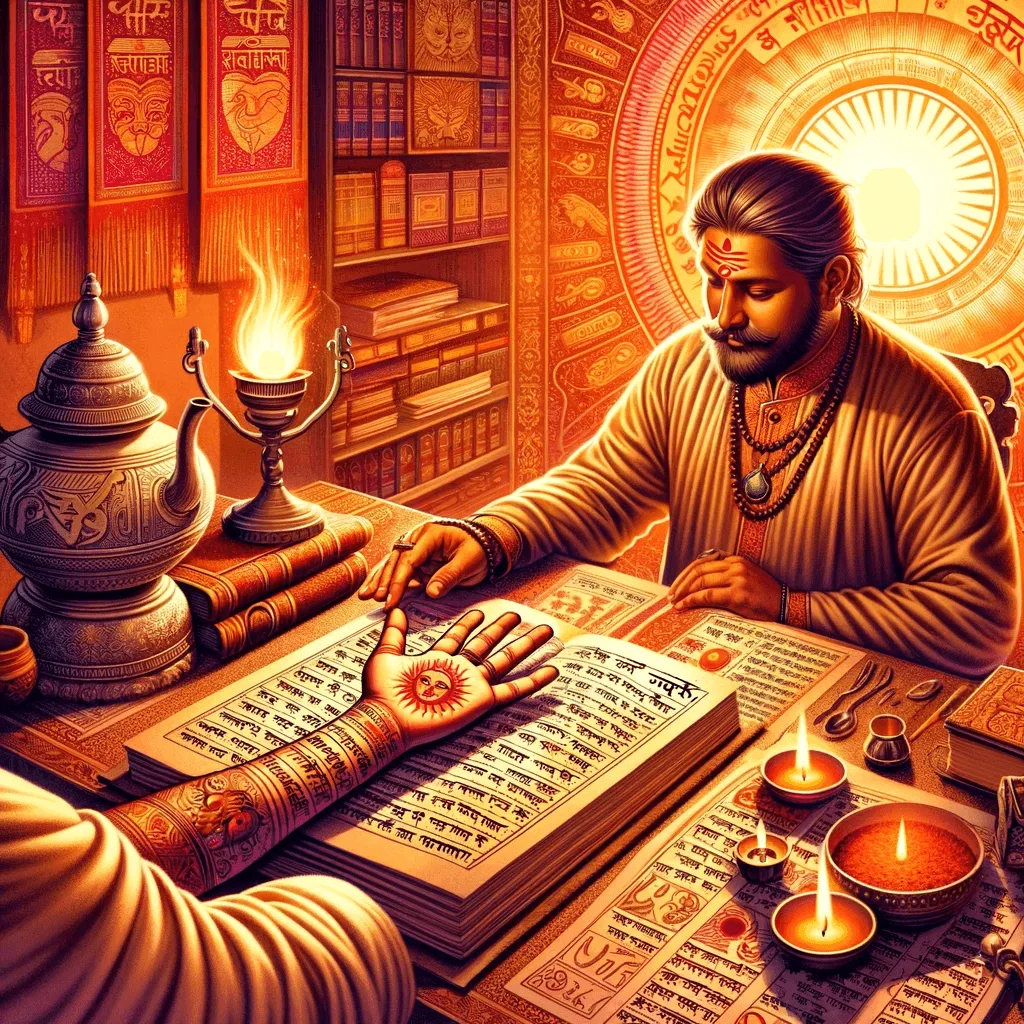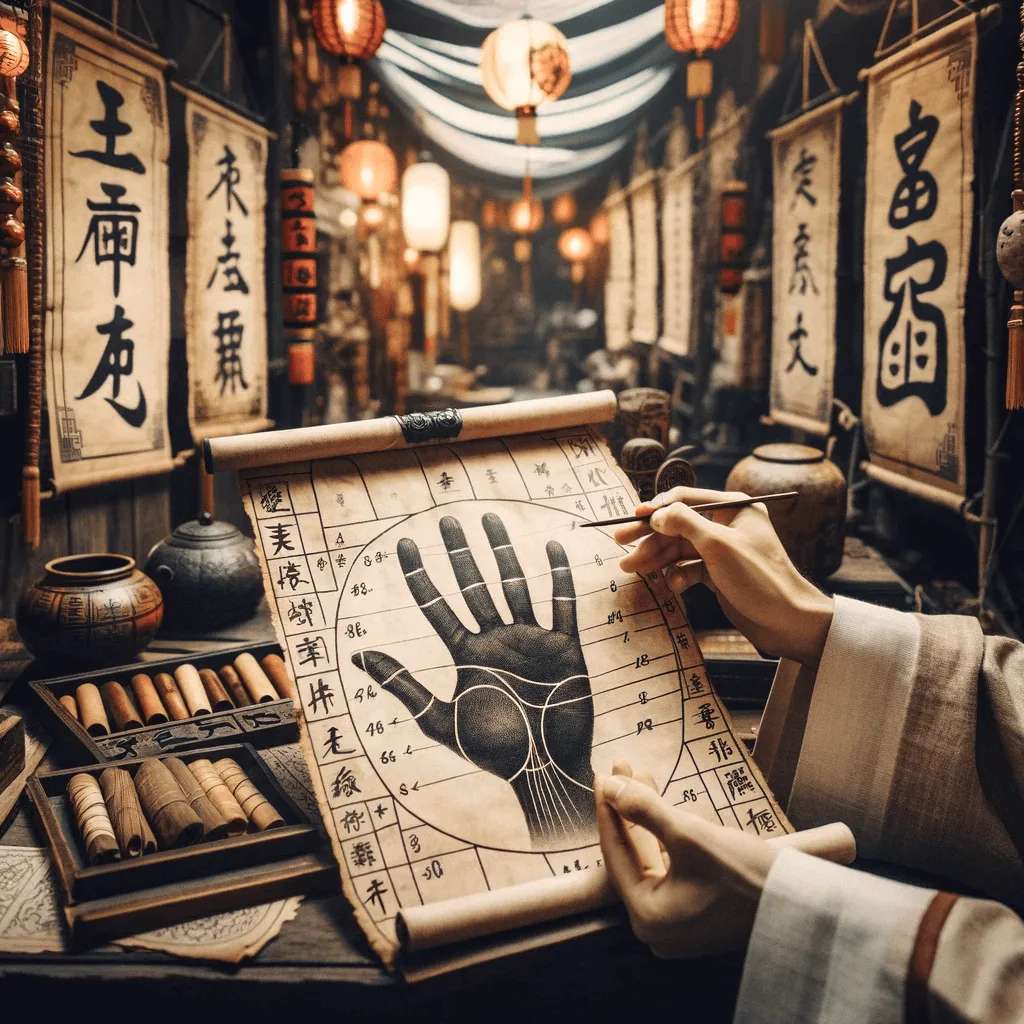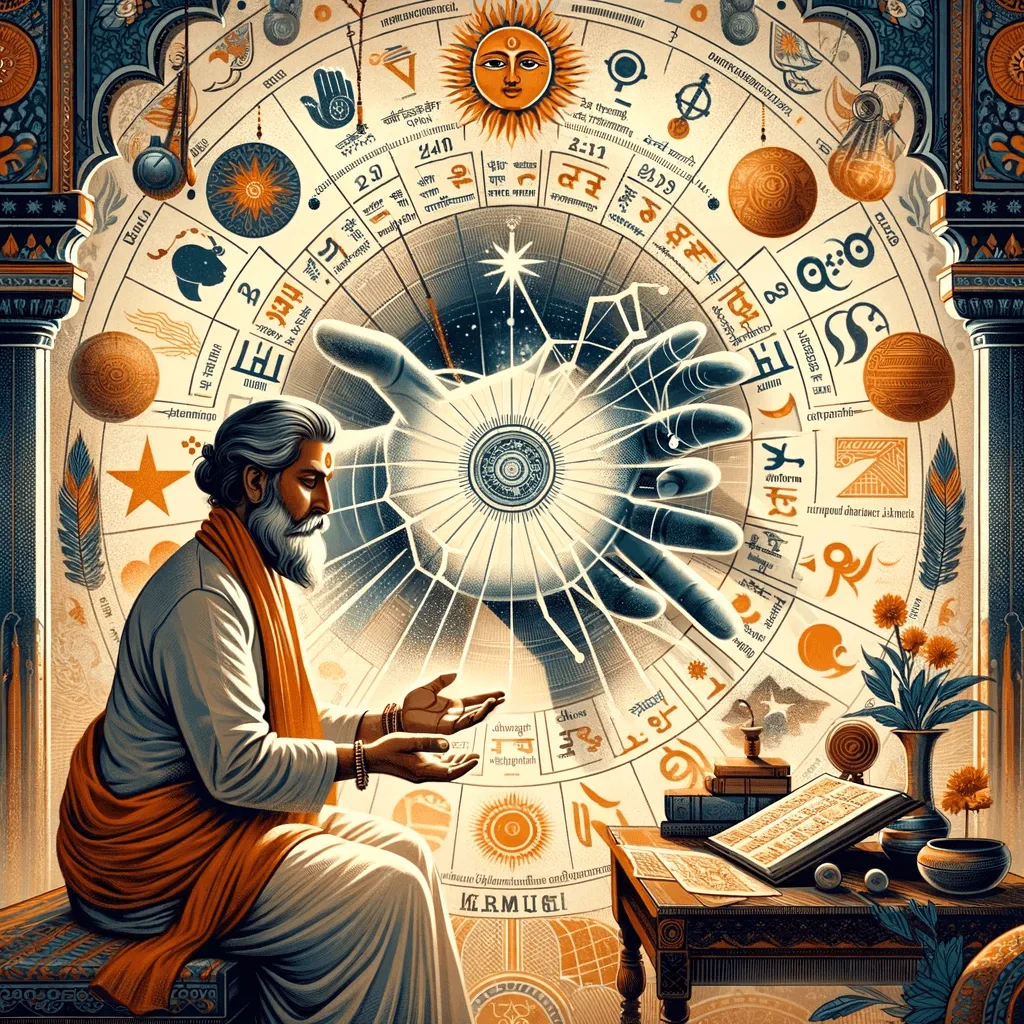
Ancient Civilizations & Palmistry: Techniques Analyzed
Almost every ancient culture had its own form of palmistry, with different techniques and interpretations. This article offers a journey across time, from the bustling markets of ancient China to the mysterious temples of Egypt, to explore how palmistry was practiced and perceived.
article by Nora Pennington
Ancient China: The Cradle of Hand Analysis
China is believed to be one of the earliest civilizations to have practiced palmistry. Old texts like the ‘I Ching’ provide references to the interpretation of hand lines.
Chiromantic Techniques The Heart Line: Represented emotions and was closely associated with the balance of Yin and Yang.
The Head Line Indicated intellectual capabilities and was believed to show the balance of the five elements: wood, fire, earth, metal, and water.

India: The Spiritual Connect
In India, palmistry (known as 'Samudrika Shastra') is intertwined with astrology and the spiritual scriptures, the Vedas.
Chiromantic Techniques The Fate Line: Was believed to be tied directly to one's karma and life path.
The Sun Line Associated with the individual's artistic abilities, fame, and reputation.

Ancient Egypt: Deciphering the Cosmos
Egyptians viewed palmistry as a tool to gain insights into one’s life and the cosmos. The practice was exclusive, reserved for pharaohs and elite classes.
Chiromantic Techniques
Mounts of the Hand: represented various gods and goddesses. The size and prominence of a mount would indicate the strength or weakness of that god's influence in the individual's life.
Greece: Philosophical Dimensions
For Greeks, palmistry was more than just future predictions. Philosophers like Anaxagoras read palms, incorporating their observations into their philosophical teachings.
Chiromantic Techniques The Girdle of Venus: a semi-circular line present in some hands, it was associated with those who had a heightened sense of beauty and artistic abilities.

Rome: The Practical Approach
Romans approached palmistry in a very systematic and practical manner. They relied on it to make everyday decisions, from marriages to wars.
Chiromantic Techniques The Life Line: contrary to popular belief, it was less about the length of life and more about the quality and vitality of life.

Persian Influence: The Intuitive Science
The Persian approach to palmistry was less structured but deeply intuitive. The lines were believed to be a reflection of the soul’s journey.
Chiromantic Techniques The Simian Line: When the heart and head lines are fused, it was seen as an indicator of a strong-willed and focused individual.
Synthesis Across Civilizations
While each civilization had its unique approach and techniques, there was an underlying common belief: The hand, specifically the palm, was a mini-universe in itself, echoing the larger truths of life and cosmos.
Legacy and Evolution
Modern palmistry is a blend of all these ancient techniques. Contemporary readers draw from these rich traditions, making the art a beautiful amalgamation of cultures and beliefs.
The journey of palmistry through ancient civilizations is a testament to its universal appeal and its ability to evolve and assimilate various cultural practices. While the techniques varied, the essence remained the same: a quest to understand the human experience and the mysteries of existence.
Published: 11/3/2023
Modified: 11/3/2023
More predictions
Come back here soon to learn more about yourself and your future





